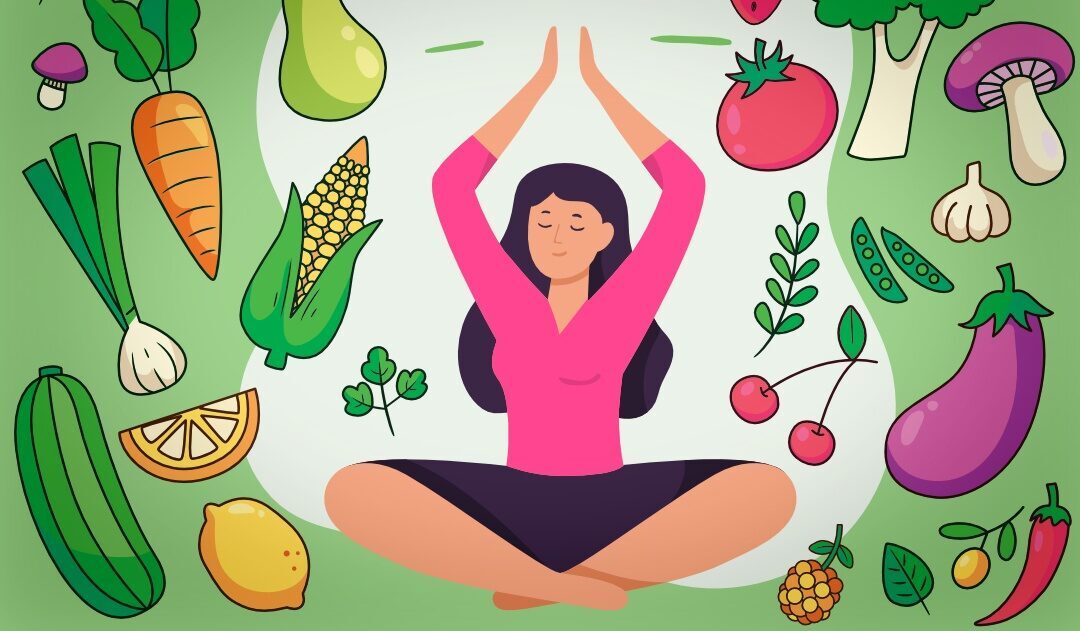Pregnancy is a beautiful journey, but it can come with its own set of physical and emotional challenges. Prenatal yoga is a wonderful way to support your body and mind during this transformative time. It can help alleviate common discomforts, prepare your body for childbirth, and provide a sense of relaxation and connection to your growing baby.
Benefits- Promotes Flexibility: Yoga helps to stretch and tone muscles, improving flexibility, which can be beneficial during labor and childbirth.
- Alleviates Discomfort: Prenatal yoga can help alleviate common discomforts of pregnancy such as back pain, swollen ankles, and sciatica.
- Improves Circulation: Certain yoga poses help to improve blood circulation, reducing the risk of swelling and varicose veins.
- Enhances Strength: Yoga builds strength in key muscle groups, including the pelvic floor muscles, which can support the weight of the growing baby and aid in delivery.
- Promotes Breath Awareness: Prenatal yoga emphasizes deep breathing techniques, which can be invaluable during labor and delivery to manage pain and stay calm.
- Encourages Mindfulness: Practicing mindfulness during yoga can help expectant mothers develop focus and presence, which can be beneficial during childbirth.
- Provides Coping Strategies: Yoga teaches coping strategies such as visualization, affirmations, and relaxation techniques that can help manage labor pain and discomfort.
- Reduces Stress: Practicing yoga encourages relaxation and mindfulness, reducing stress levels and promoting emotional well-being.
- Enhances Mood: Yoga releases endorphins, the body's natural mood-boosting hormones, helping to alleviate mood swings and anxiety.
- Cat-Cow Pose (Marjaryasana-Bitilasana)
- Start on your hands and knees in a tabletop position.
- Inhale, dropping your belly towards the mat while lifting your head and tailbone towards the ceiling (Cow Pose).
- Exhale, drawing your belly button to your spine and rounding your back towards the ceiling (Cat Pose).
- Repeat for 5-10 breaths.
- Child’s Pose (Balasana)
- Kneel on the mat with your big toes touching and knees spread wide.
- Sit back on your heels and fold forward, extending your arms in front of you.
- Rest your forehead on the mat and breathe deeply.
- Hold for as long as comfortable.
- Warrior II (Virabhadrasana II)
- Stand with your feet about 3-4 feet apart, turning your right foot out and your left foot slightly in.
- Bend your right knee, keeping it over your ankle, and extend your arms out to the sides at shoulder height.
- Look over your right hand and hold for 5-10 breaths.
- Repeat on the other side.
- Triangle Pose (Trikonasana)
- Stand with your feet wide apart, turning your right foot out and your left foot slightly in.
- Extend your arms out to the sides and reach forward with your right hand.
- Lower your right hand to your shin or a block and extend your left arm towards the ceiling.
- Look up at your left hand and hold for 5-10 breaths.
- Repeat on the other side.
- Butterfly Pose (Baddha Konasana)
- Sit with your feet together and knees bent out to the sides.
- Hold your feet with your hands and gently press your knees towards the floor.
- Sit up tall and breathe deeply, holding for 5-10 breaths.
- **Corpse Pose (Savasana)**
- Lie on your left side with a bolster or pillows supporting your head and between your knees.
- Close your eyes and relax completely, focusing on your breath.
- Stay in this position for 5-10 minutes.
- Listen to Your Body:Always pay attention to how you feel. If a pose causes discomfort, modify it or skip it.
- Avoid Deep Twists and Backbends: These can compress the belly and are best avoided during pregnancy.
- Stay Hydrated:Drink plenty of water before, during, and after your practice.
- Use Props: Blocks, bolsters, and straps can help you modify poses to suit your body's needs.
- Consult with Your Doctor:Before starting any new exercise regimen, it's always a good idea to check with your healthcare provider.



